As pet pawrents, we all want to keep our animals hoppy and healthy. Keeping with that school of thought, there's an old saying that says, "An ounce of prevention is worth a pound of cure.” To keep your pets healthy, all pets should get a wellness exam from your trusted veterinarian annually. Additionally, all pets should have an at-home health check at least once a month. You’re probably thinking, "I'm not a vet. Why should I do this, and what should I look for?" Don't worry! We're going to explain why health checks for animals are essential. Moreover, we're going to introduce you to some easy health check techniques.
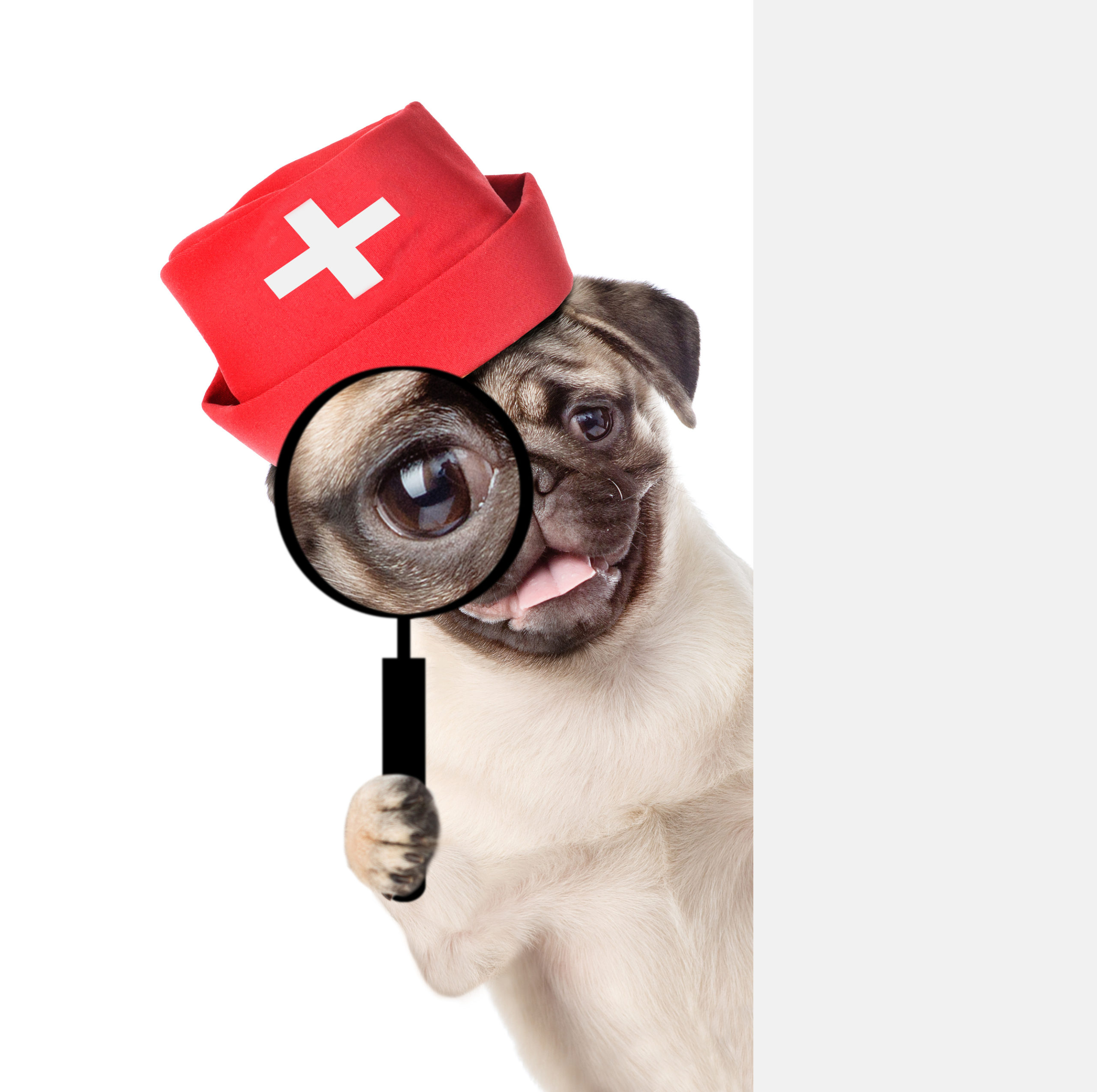
Isn't an Annual Vet Visit Enough?
In short, no. While our pets communicate with us in many ways, most of the species owned by Small Pet Select’s valued customers are prey animals. Prey animals excel at hiding when they're not feeling well, so predators don't pick up on their weaknesses. Even after you gain their trust, they still may not exhibit symptoms when they’re ill. If you know how they act and look when your pets feel well, it will be much easier to tell when something is wrong. Making home health checks for animals’ part of your routine enables you to detect a problem before it becomes an emergency.
From a personal perspective, pets can give mixed messages even when something is horribly wrong. For example, when our Golden Retriever Mix, Max, was about 15 (he was a pound puppy, so his age was estimated), he started getting dizzy spells. I also have dizzy spells stemming from a Traumatic Brain Injury (TBI). When that happens, I feel awful, and I am not in a good mood. Max, on the other hand, would still seem happy and wag his tail. Even on the day he was put to sleep-he was in really bad shape-he was happy and wagging his tail. I asked our vet how this was possible, and she said, "That's just dogs. They're wired differently."
Adding Them to the Schedule
We also do health checks on our two 🐰, two 🐱, and two 🐶the first week of the month. While we try completing all the health checks for animals on the same day, it doesn’t always work out. To help us remember, I have a recurring Google Task telling me to do health checks. Considering that half of our pets are elderly, we spend a lot of time giving them medication, subcutaneous fluids, wiping boogies from their nose, etc. These tasks ensure we get up close and personal with them several times a day. While sometimes they’re annoyed with us pestering them with meds, these tasks present the opportunity to detect little problems before they become big ones.
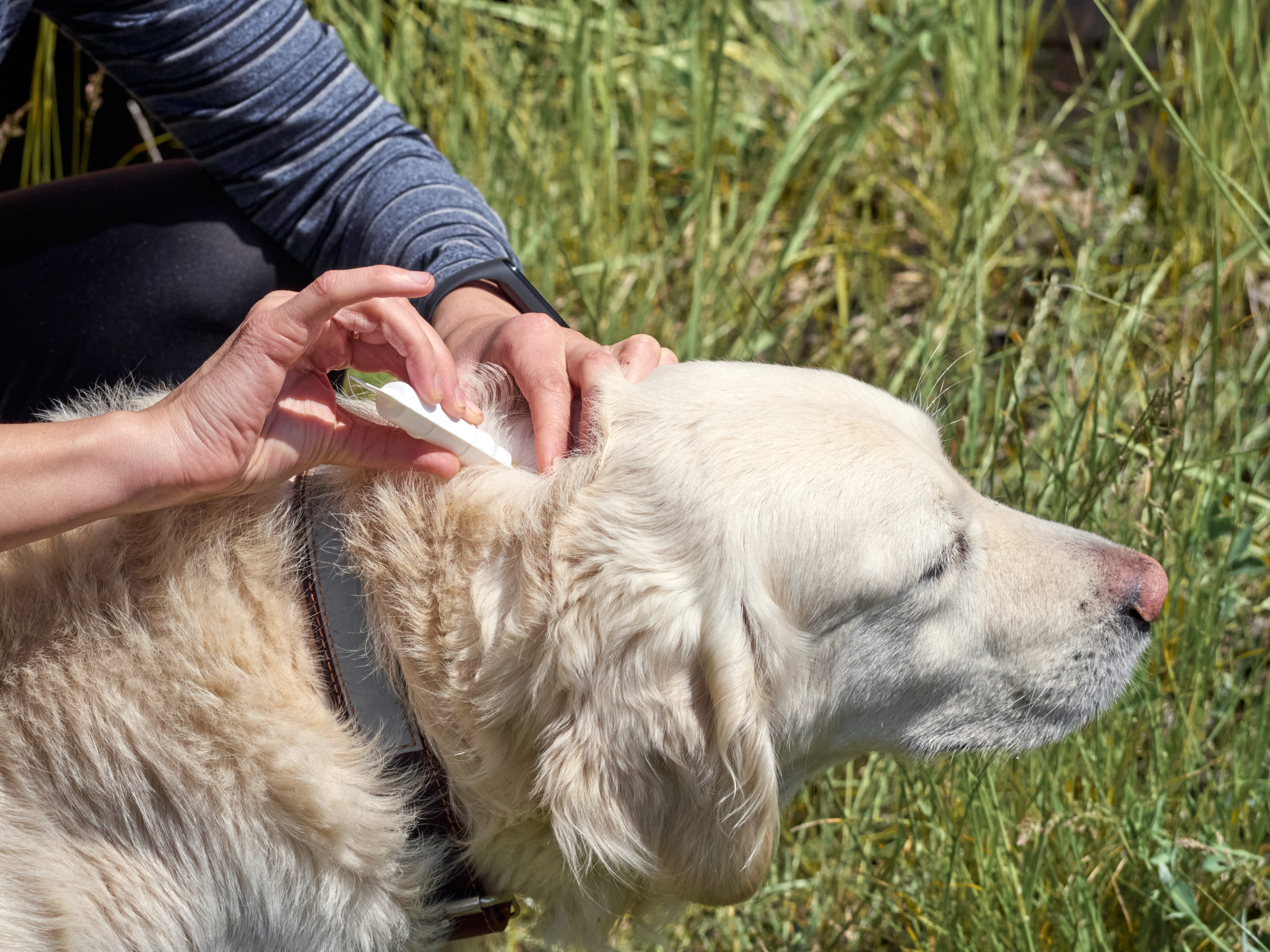
The Task List
- Grooming: while you brush your pet, look for any unusual growths, missing patches of fur, or irritated areas they’ve been biting or chewing. Feel their body for lumps.
- Nose: check for any soreness or unusual discharge.
- Eyes: The eyes should be bright and clear. Look for green or yellow discharge, excessive tear production, and make sure they’re not red or bloodshot in appearance.
- Ears: Look and smell inside. Note if they smell funny or your pet seems to be in pain when you touch their ears. Look to see if the skin in or on the back of the ears is irritated. Check for excessive discharge inside the ears.
- Nails: Make sure they’re not too long, broken, or embedded in the paws.
- Feet/Paws: Check the pads for cracking or irritation. Feel between the toes to ensure nothing is stuck between them.
- Rear-end (under the tail): Look for irritation and swelling around the areas where they poop and pee.
- Hop on the scale: Your vet can tell you what your pet should weigh during their annual wellness exam. If their weight fluctuates greatly, it can be a sign of something more serious.
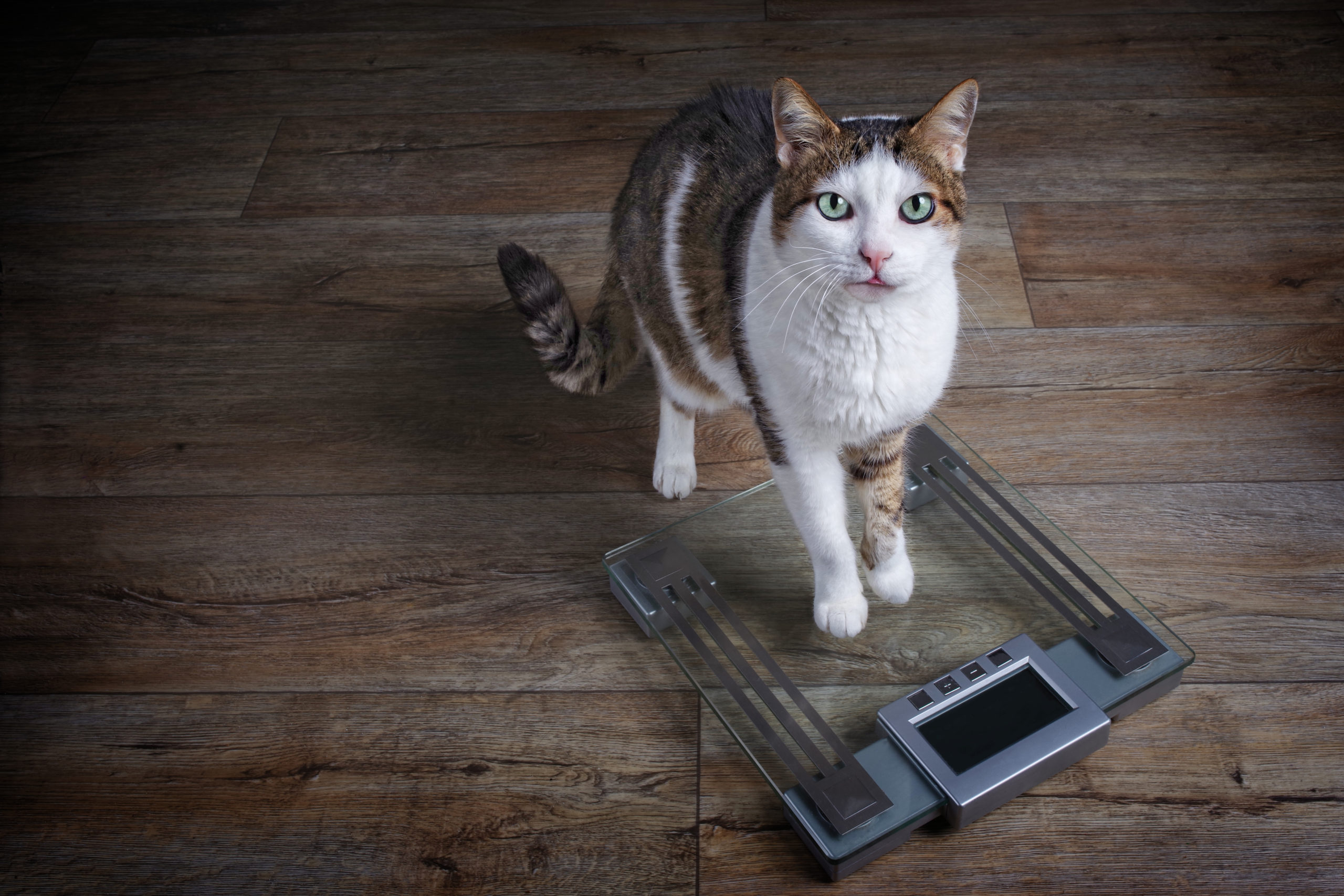
Still Scared?
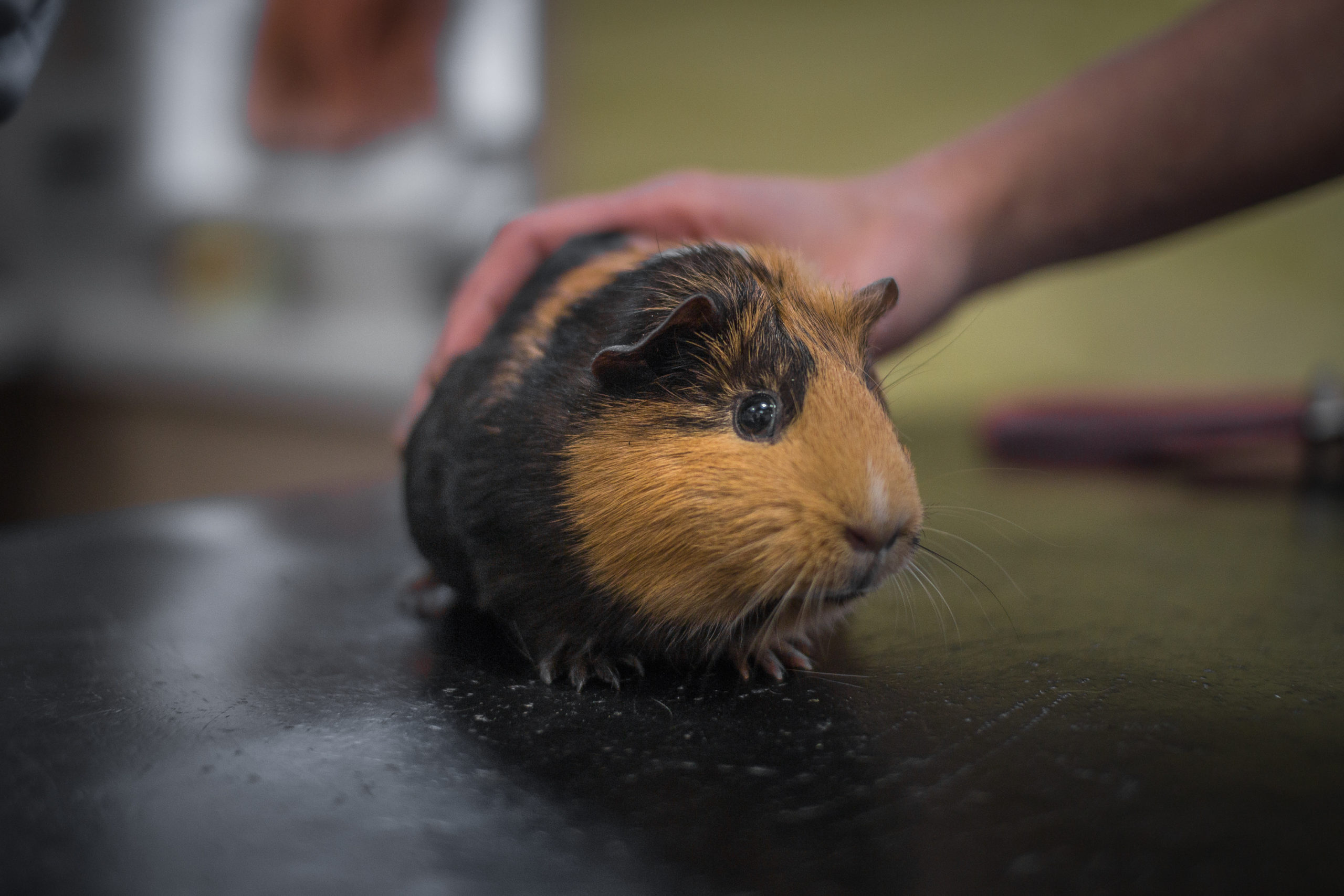
That’s ok. Many rescues provide the opportunity to complete the health checks for animals at a low cost. Additionally, many rescues hold classes-both in person and via video teleconference-to give you paws-on health checks training.
Can I do More?
YES! As mentioned earlier, these health checks are straightforward. While we are going to have more blogs discussing more advanced checks, you can ask your vet clinic’s staff to teach you too. For example, our vet wasn’t comfortable dispensing the supplies for subcutaneous fluids until he had a nurse show me his technique and watched me do it.
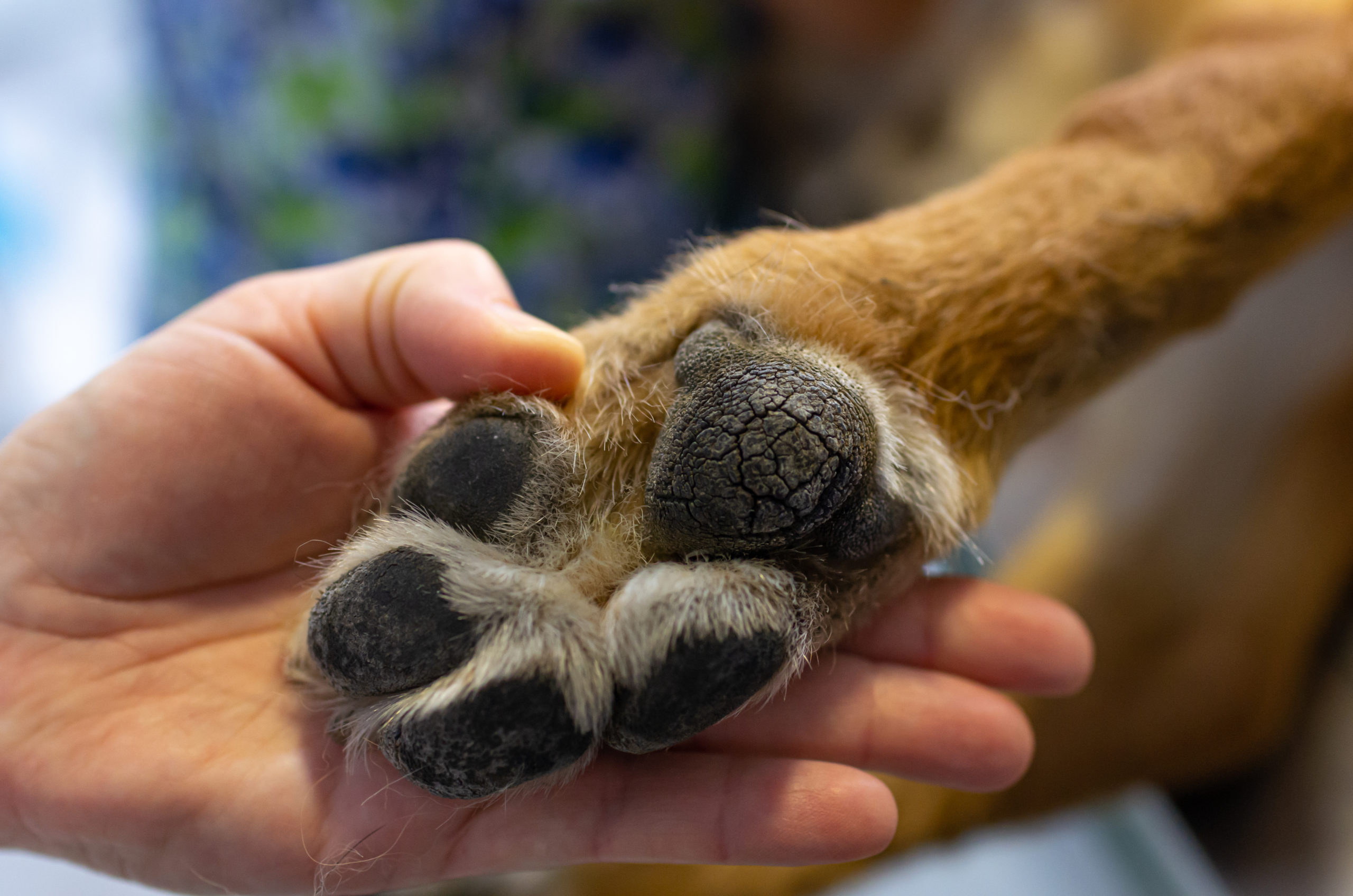
Again, why are health checks necessary for animals? An ounce of prevention is critical. Also, health checks are another way to bond with our pets. Finally, we don’t want our furry friends to suffer in silence. They love us unconditionally. To return that love and trust, we owe it to them to keep them healthy and speak on their behalf.
Do you have other simple health checks you recommend? Do you have any techniques to make the checks more enjoyable for you and your pet? Please send your comments and suggestions to hoomans@smallpetselect.com or post on our socials.
DISCLAIMER: Recommendations and external links are being provided as a convenience and for informational purposes only; they do not constitute an endorsement or an approval by Small Pet Select of any of the products, services or opinions of the corporation or organization or individual.
Interested in learning more about keeping your pet healthy?
Check out these articles!⬇️⬇️⬇️
Pet Health Insurance for Exotic Animals






